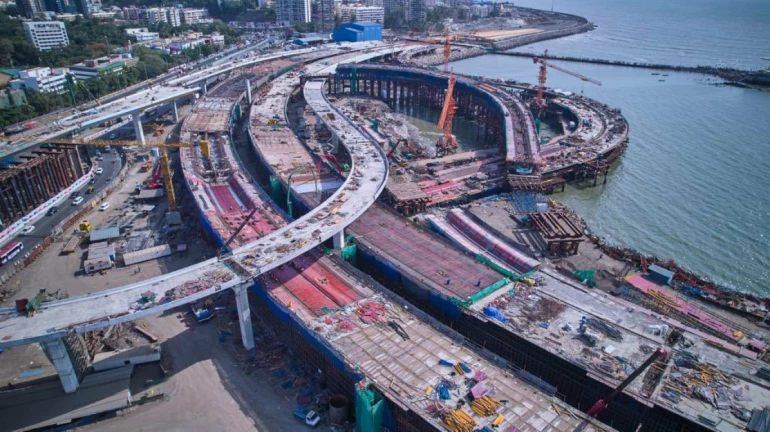
A large land assembly programme was announced by the Brihanmumbai Municipal Corporation (BMC) to advance multiple transport initiatives across Mumbai’s western suburbs. Approximately 346 hectares were stated to be required for corridors, interchanges, approach roads, workspaces, and development plan roads linked to a suite of projects, notably the Mumbai Coastal Road Project (MCRP)–North, the Versova–Bhayander Link Road, and the Madh–Versova cable-stayed bridge. To accelerate statutory permissions and property acquisition, a consultant was proposed to be hired through a tender process, by which the effort was intended to be coordinated and expedited.
It was indicated that the southern phase of the Mumbai Coastal Road—stretching from the Princess Street flyover at Marine Drive to the Worli end of the Bandra–Worli Sea Link—had been completed, after which momentum was shifted toward MCRP–North. The northern extension was described as a ₹16,621-crore, 20-kilometre connection between Versova and Dahisar, by which coastal capacity in the suburbs was expected to be enhanced. For the elevated Dahisar–Bhayandar corridor, a 5.6-kilometre, 45-metre-wide facility was outlined at a cost of ₹3,304 crore, with completion targeted by December 2028. Through this segment, travel time was projected to be reduced from 90–120 minutes to 15–20 minutes, and emissions were expected to be lowered by about 55%, with benefits anticipated from smoother flow and reduced idling.
Further relief was planned to be provided by the 2.06-kilometre Madh–Versova Bridge, budgeted at ₹3,990 crore, through which Versova Koliwada and Madh Jetty would be connected on a three-year schedule. In parallel, a vehicular bridge between Andheri (Lagoon Road) and Malad (near Infinity Mall) was slated at ₹2,200 crore with a 2028 timeframe, by which east-west pressure on local streets was expected to be eased. In the northern coastal belt, an additional improvement was proposed through the Marve–Manori bridge, by which the distance to the Gorai–Manori–Uttan area was set to be compressed from 29 kilometres to approximately 1.5 kilometres, with significant gains in accessibility envisaged.
The land-clearance challenge was acknowledged to be central to delivery. It was conveyed by a senior civic official that land acquisition and regulatory approvals remained the “primary bottlenecks,” and that nearly 200 hectares would be required for MCRP–North alone. To address this, the appointment of a consultant was put to tender at a value of ₹5.24 crore, with the submission deadline set for November 17, by which proposal evaluation and onboarding were expected to be enabled.
Taken together, the package of links, bridges, and elevated corridors was positioned as a systematic response to missing connections across the western corridor. Through the assembly of sizable land tracts and the phasing of construction milestones, a sustained reduction in congestion was projected, and improved reliability for commuters was anticipated. With Phase-1 of the coastal road already in place and northern works moving into active stages, a step-change in regional connectivity was signalled, subject to land availability and timely clearances being secured.





